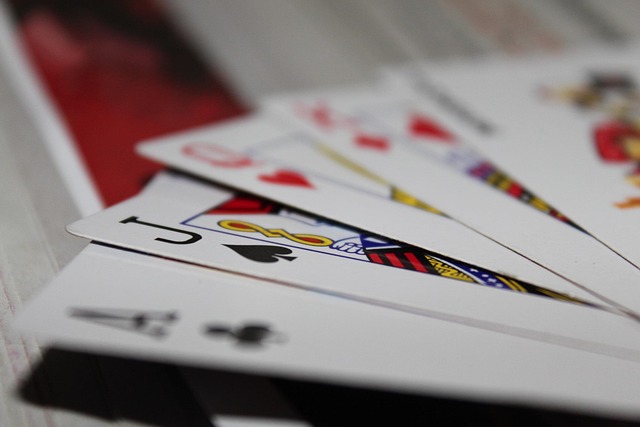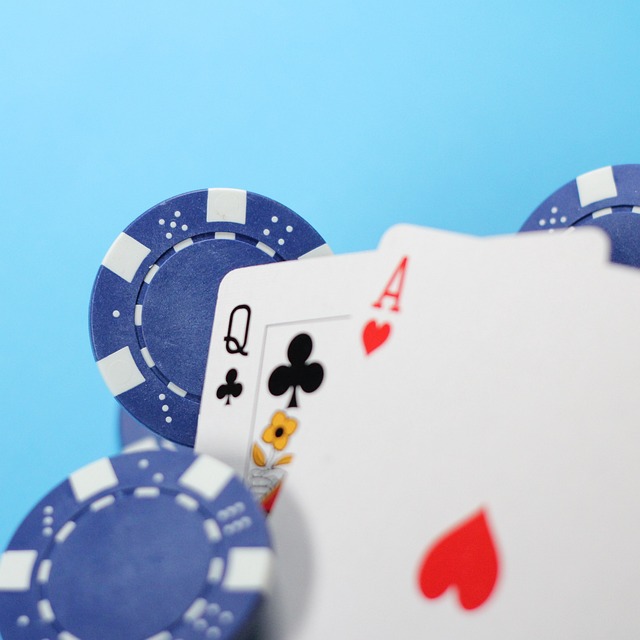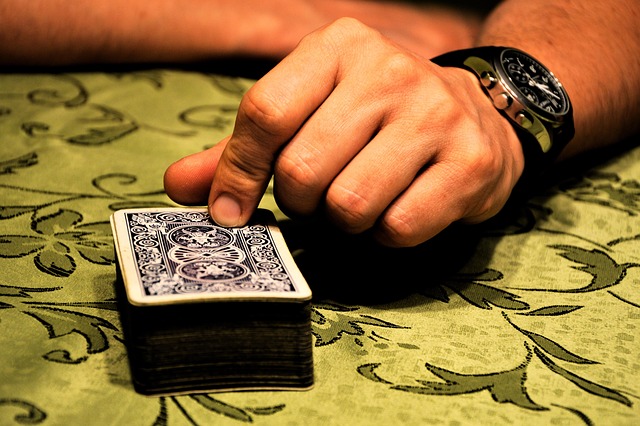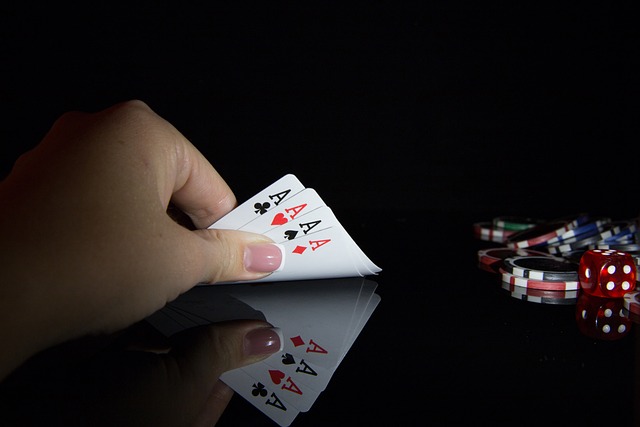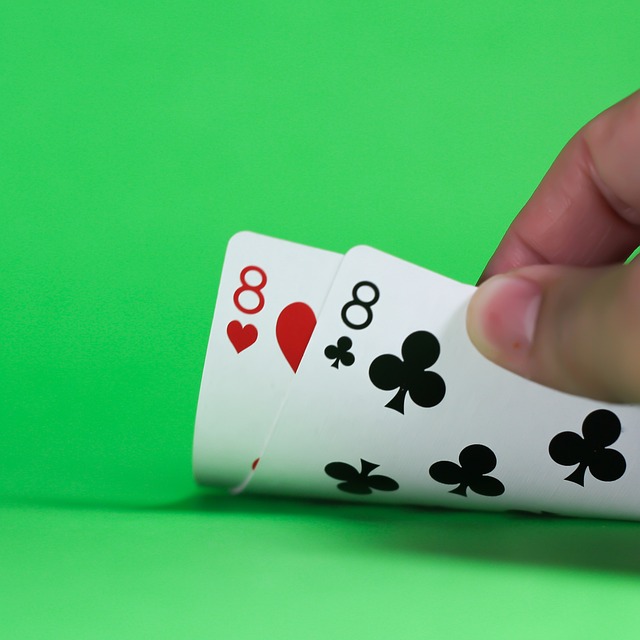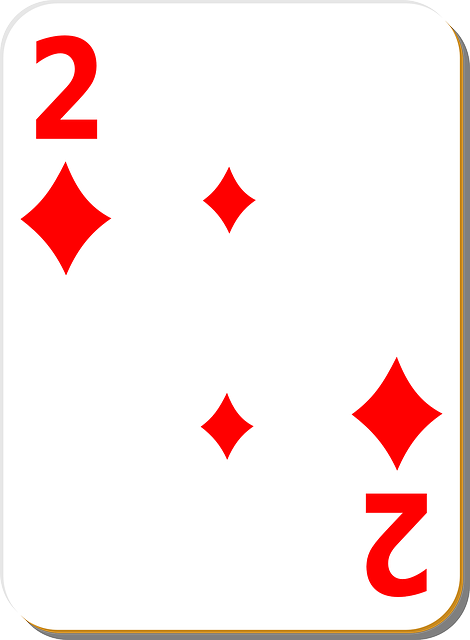Blackjack, with roots tracing back to 17th-century France, evolved from games like "Vingt-et-Un" and spread globally, transforming into today's popular casino staple. Its iconic 21-point target, blend of luck and strategy, and diverse variations keep it appealing for casual and dedicated players alike. Blackjack's strategic depth and global popularity endure in a dynamic gaming landscape.
Blackjack, a captivating card game with a rich history, has evolved from simple origins to become a global phenomenon. This article explores the fascinating journey of blackjack, tracing its roots back to its early development in 17th-century Europe. We delve into its evolution, from its spread across the world to its modern-day iterations and cultural impact. Discover the various rules, variations, and unique aspects that have made blackjack a beloved game for players worldwide.
- Origins and Early Development of Blackjack
- Evolution and Global Spread
- Modern Blackjack: Rules, Variations, and Cultural Impact
Origins and Early Development of Blackjack
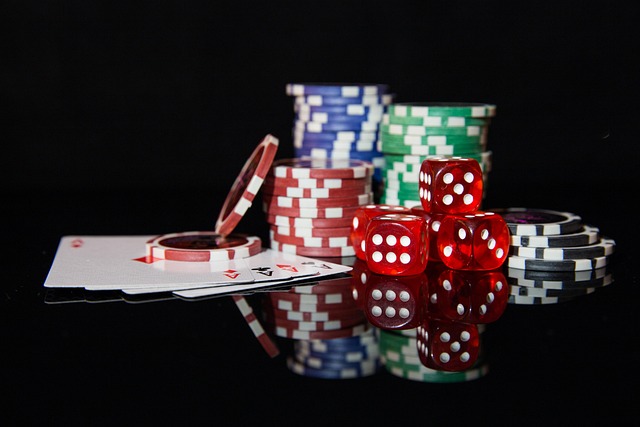
Blackjack, one of the world’s most popular casino games, has a rich history dating back centuries. Its origins can be traced to a blend of various card games, with influences from Europe and the Far East. Early versions of blackjack-like games emerged in the 15th century, where players aimed to beat a dealer by achieving a total closer to 21 without going over. One notable precursor is the French game “Vingt-et-Un,” which translates to “twenty-one,” setting the stage for the modern game we know today.
The evolution of blackjack continued in the 19th century, particularly in America, where it gained immense popularity. Casinos in New Orleans and other parts of the country began offering a game that involved players competing against a dealer, using a standard deck of cards. Over time, rules were standardized, and the iconic 21-point target was solidified. This early development laid the foundation for the global phenomenon that blackjack has become, captivating players with its blend of luck, strategy, and excitement.
Evolution and Global Spread
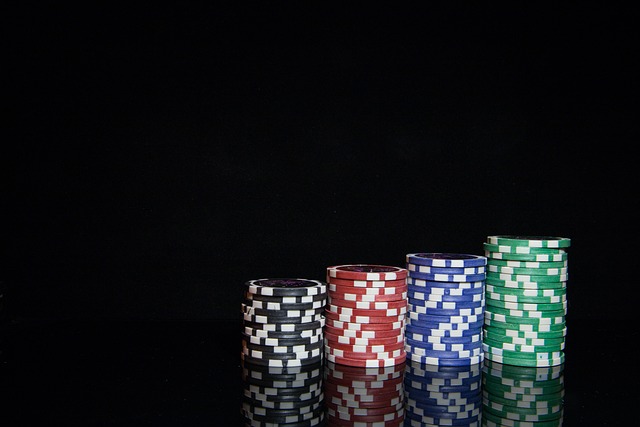
The evolution of Blackjack, or Twenty-One as it was formerly known, is a fascinating journey that began in the 17th century. Its early roots can be traced back to a game called “Twenty-One” played by French nobles, which involved cards and a desire to reach 21 without going over. Over time, this simple game evolved and spread across continents, transforming into the global phenomenon we know today. This global spread was facilitated by the advent of casinos in Europe and later, the introduction of gambling ships and resorts, making Blackjack accessible to a wider audience.
The game’s journey took it from the sophisticated salons of France to the bustling gaming halls of Las Vegas and Macau. As it traveled, Blackjack absorbed influences from various card games, such as Spanish Twenty-One and the American version, each contributing unique rules and strategies. This adaptability ensured its enduring popularity and made it a staple in casinos worldwide, with players continually drawn to the blend of luck, skill, and strategic thinking that Blackjack offers.
Modern Blackjack: Rules, Variations, and Cultural Impact
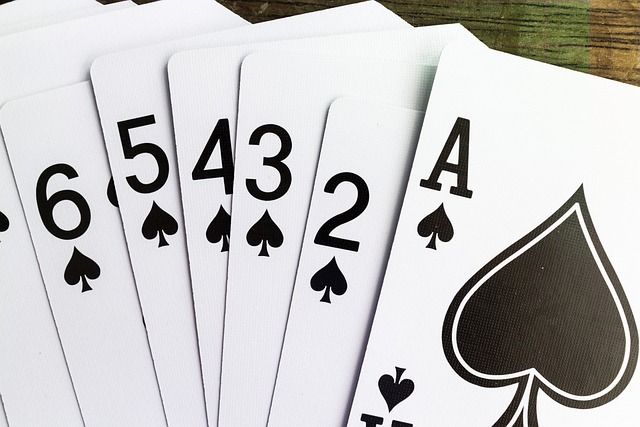
In the modern era, blackjack remains a staple in casinos worldwide, with a few key rule variations from its historical roots. The game as we know it today involves players trying to beat the dealer’s hand by reaching 21 or as close to it as possible without going over. This simple yet strategic gameplay has attracted a diverse range of players, from high rollers to casual enthusiasts. One significant modern twist is the introduction of different betting systems and side bets, adding an extra layer of excitement and complexity.
Blackjack’s cultural impact is undeniable, with its popularity extending beyond casinos. It has inspired numerous variations, such as Spanish 21 and European Blackjack, each offering unique rules and twists to cater to diverse player preferences. The game’s strategic depth has also made it a favorite among math enthusiasts and card counters, who study odds and patterns to gain an edge over the house. This blend of simplicity and complexity ensures that blackjack continues to captivate players, solidifying its status as a classic casino staple in today’s gaming landscape.
Blackjack, with its rich history spanning centuries, has evolved from a simple card game to a global phenomenon. From its humble beginnings in 17th-century Europe to its modern-day digital adaptations, blackjack has captivated players worldwide. The game’s unique blend of strategy, skill, and luck has made it a staple in casinos and homes alike, fostering a cultural impact that shows no signs of waning. As we continue to explore new variations and adapt to changing preferences, the legacy of blackjack remains strong, solidifying its place as one of the most enduring and beloved card games.
